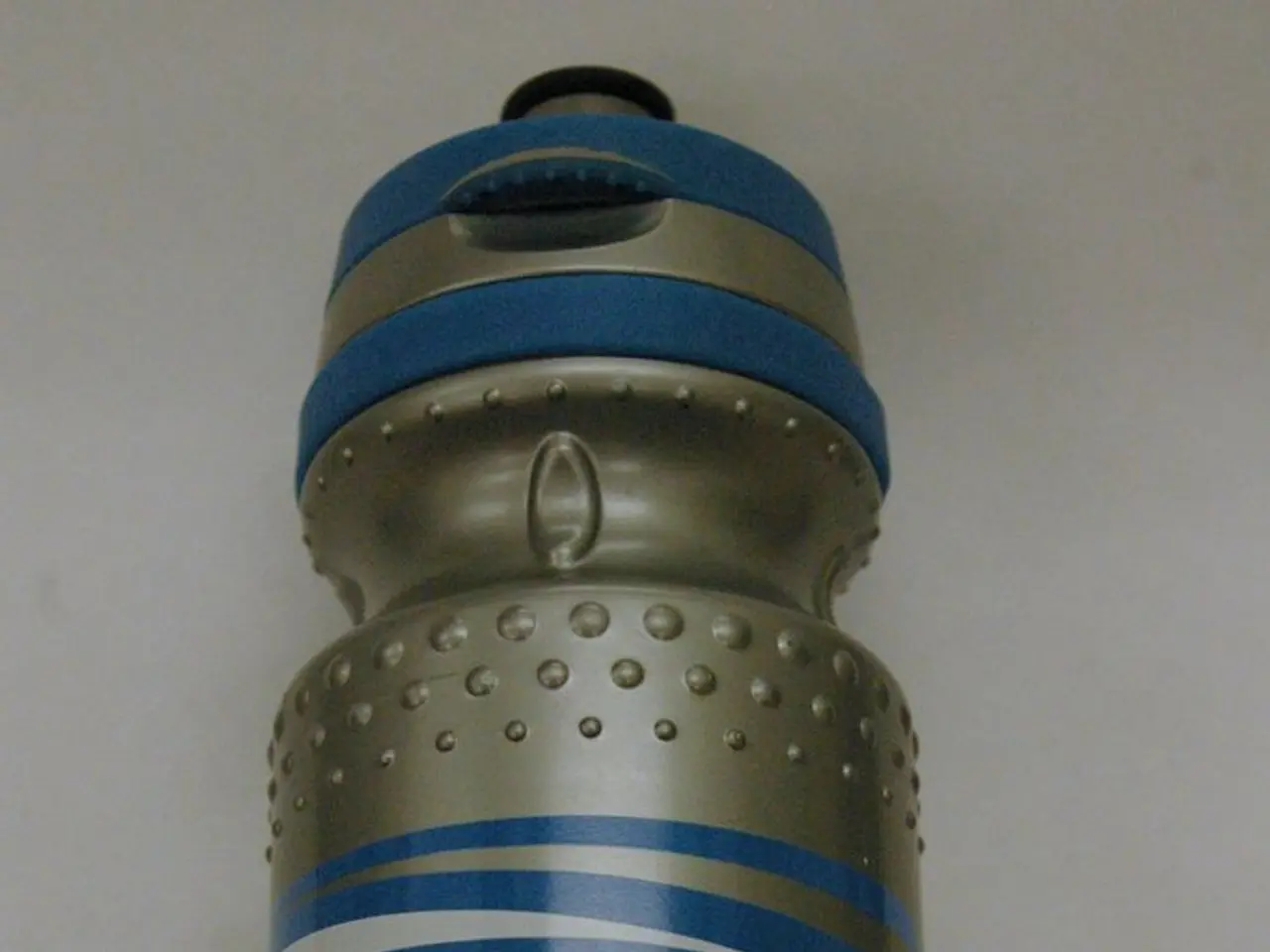Doctors in Chelyabinsk have unveiled a novel approach for detecting prostate cancer.
New Silver Nitrate Method Offers Promising Approach to Early Prostate Cancer Detection
A groundbreaking method for the early detection of prostate cancer is making waves in the medical community, following a bilateral meeting in Magnitogorsk between Chelyabinsk Region Governor Alexei Teksler and Russian President Vladimir Putin.
The new method, which utilizes colloidal silver nitrate solution, harnesses the power of silver nanoparticles (AgNPs) to interact with biological markers of cancer cells, enhancing detection sensitivity.
How it Works
The synthesis of nanoparticles involves reducing silver nitrate (AgNO3) with reducing agents such as phytochemicals from plant extracts or chemical reductants. This process forms stable AgNPs of controlled size and shape, which can selectively bind to prostate cancer cells or biomarkers.
This selective interaction allows for detection through optical signals, such as enhanced light scattering or colour changes, or biochemical assays that detect cancer-associated changes. Moreover, the binding of AgNPs to cancer cells may induce oxidative stress or apoptosis as a therapeutic effect.
Advantages Over Existing Methods
Compared to traditional methods like PSA testing, biopsy, and imaging, the colloidal silver nitrate method offers several advantages. It boasts potentially higher sensitivity due to its nanoscale interaction with biomarkers, enabling earlier detection. Additionally, it may be developed as non- or minimally invasive assays, making it a promising alternative to biopsies.
In terms of speed and cost, the method could provide faster, simpler assays with colorimetric or optical signals from AgNPs. Furthermore, it offers improved selectivity and specificity, with functionalizable nanoparticles providing high selectivity to prostate cancer cells or markers.
Another significant advantage is the method's theranostic potential, as AgNPs may have dual diagnostic and therapeutic (anticancer) effects, enhancing overall clinical utility.
Looking Ahead
While the method is still under development, with full clinical validation against existing standards ongoing, researchers believe it will be effective in analyzing biopsy material. The method is based on a simple and inexpensive reagent - a colloidal silver nitrate solution - and has been successfully tested on tissue samples obtained after surgical removal of the prostate.
The new method is simpler and cheaper than existing ones, making it accessible for wide use in pathology labs across the country. Doctors at Chelyabinsk City Clinic Hospital No. 1 have developed this new method, with scientists planning to patent it.
The Chelyabinsk Region has made significant strides in modernizing medical facilities, with 98 FAPs, clinics, and hospitals repaired and built in a year - a volume not reached even in Soviet times on the South Ural. The progress of national projects, including healthcare, was reported at the meeting.
Despite the advances, accurate diagnosis remains a challenge due to precancerous changes often resembling cancer. The new method offers a promising solution to this problem, potentially revolutionizing prostate cancer diagnosis and treatment.
I'm not sure if this new approach to detecting prostate cancer using colloidal silver nitrate method can be applied to other medical-conditions or cancers, but its advantages over existing methods make it a promising tool in health-and-wellness and the medical field. This method, while still under development, shows potential in accurately diagnosing prostate cancer, which could revolutionize the way we approach cancer diagnosis and treatment.




